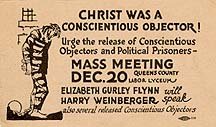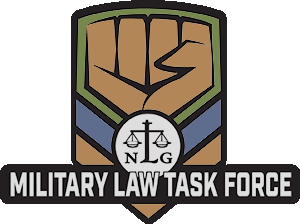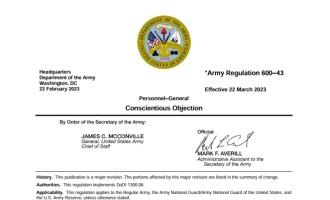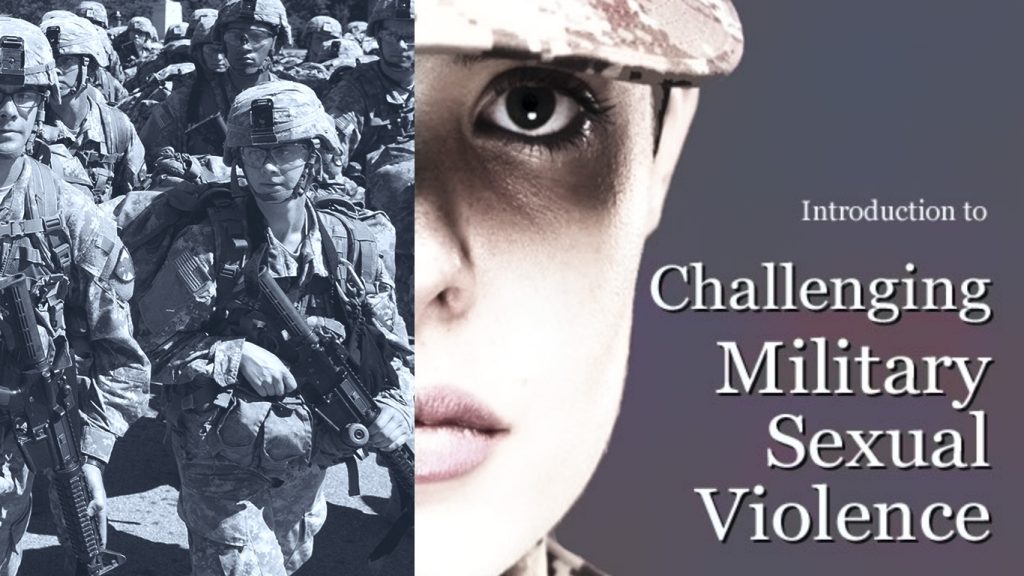This article was first published in the Summer 2023 issue of On Watch.

During World War I, the military was still figuring out what to do about those pesky soldiers.
By Bill Galvin and Maria Santelli
On March 22, 2023, the Army issued a new conscientious objector (CO) regulation, AR 600-43, Conscientious Objection. The Army calls it a “major revision,” and technically that is true because the regulation itself is much shorter. The reason for this is that much of what used to be detailed in AR 60043 is now found in a new document, DA Pamphlet 600-46.
According to AR 25-30, Army Regulations (ARs) are “directives” that establish policy and implement the law. Department of the Army Pamphlets (DA Pams) are “instructional publications,” which typically provide “guidance” and information on procedures “needed to carry out policies prescribed in ARs.” DA Pam 600-46, titled Processing Applicants for Conscientious Objection, was released February 22, 2023, and is now where the counseling statements and the actual application that a CO must fill out are located. Though the presentation of the information has changed, little in the way of policy or procedure has actually been altered. A main concern is that applicants are made aware of both the AR and the DA Pam. If they are not aware of both and how they work together to advise a CO applicant and their command, it is likely their application will be insufficient, and their process will be significantly delayed or not moved forward at all. As counsel and counselors, we must be sure that our clients are aware of and have access to both publications.
There are a couple of other significant changes in addition to the splitting of the regulation into two different documents. Perhaps the most consequential among them is that the Army has eliminated the last three essay questions in the CO application. This revision parallels the change that the DOD made in its most recent revision of the DOD Instruction on CO (DODI 1300.06, 2017). Readers of On Watch may recall that when the DOD issued a new instruction on conscientious objection, it removed half of the essay questions that CO applicants were required to answer – going from six to three. Since then, the Air Force, Coast Guard, and Navy all have issued new Instructions and Manuals that still include all six questions. The Army is the first branch to adopt the truncated DOD list of essay questions. This new, shorter essay section excludes important questions about evidence, possibly making the burden of proof on the applicant a bit more difficult to meet, particularly without proper counsel or guidance.
The questions Army applicants are no longer required to answer are:
• An explanation as to the circumstances, if any, under which the applicant believes in the use of force, and to what extent, under any foreseeable circumstances.
• An explanation as to how the applicant’s daily lifestyle has changed as a result of their beliefs and what future actions they plan to continue to support their beliefs.
• An explanation as to what in the applicant’s opinion most conspicuously demonstrates the consistency and depth of their beliefs that gave rise to their claim.
The three questions that remain are
c. A description or explanation of:
(1) The nature of the belief that requires the applicant to seek separation from military service or assignment to noncombatant training and duty for reasons of conscience.
(2) How the applicant beliefs changed or developed to include an explanation as to what factors (how, when, and from whom or from what source training was received or belief acquired) caused the change in or development of conscientious objector beliefs.
(3) When these beliefs became incompatible with military service or combatant duties, and why. (DA Pam 600-46, p. 20).
Conscientious objectors have the burden of establishing by “clear and convincing evidence” that they qualify for CO status under the law. By asking only questions about what an applicant believes and how those beliefs developed and crystallized, while eliminating the questions asking about evidence, this new regulation could set COs up for failure. The time a CO spends drafting their application — their written testimony – allows them to think deeply about how their conscience is guiding them and helps prepare them for the rest of the process, specifically the times they will need to present their oral testimony: in the interview with a chaplain and in their hearing with the Investigating Officer (IO). In order to ensure the CO is thoroughly prepared for what’s ahead of them, the Center on Conscience & War advises Army COs to still provide written answers to all six questions, and we do so in a way that still maintains the proper formatting of the application, as found in Appendix B of DA Pam 600-46. The three missing questions can be added back in, and actually fit quite well, under letter f of the application, “Any other relevant items that the applicant desires to submit in support of the application.”
A CO’s thoughtful answers to those three questions couldn’t be more “relevant.”
Determining Sincerity
The previous regulation had a two-page section titled Policy (para. 1-6), which explained what qualifies and does not qualify as CO, with more than half of that section outlining criteria by which to determine an applicant’s sincerity. This section includes important guidance on how to evaluate a CO’s beliefs, such as:
• “The term “religious training and/or belief” may include solely moral or ethical beliefs even though the applicant may not characterize these beliefs as “religious” in the traditional sense, or may expressly characterize them as not religious.”
• ”Care must be exercised not to deny the existence of beliefs simply because those beliefs are incompatible with one’s own. Church membership or adherence to certain theological tenets are not required to warrant separation or assignment to noncombatant training and service.”
• ”Sincerity is determined by an impartial evaluation of each person’s thinking and living in totality, past and present. . . This requires that the investigating officer conduct a careful examination of the applicant’s conduct and the outward manifestation of the applicant’s asserted beliefs, and that each reviewing official closely examine the application and supporting documentation.”
Paragraph 1-6 in the new regulation is now titled Determining Conscientious Objector Status. It contains some identical information about what does and does not qualify for CO classification, but the extensive discussion about determining sincerity is no longer in the AR. That section has been moved to DA Pam 600-46, paragraph 2-4 Interviewing Applicants, and while it’s pretty much word for word from the previous AR, a sloppy cut-and-paste makes the section appear to speak almost exclusively to the chaplain interview, except for the last section, which addresses the psychological evaluation. The detail in this section is important information for everyone tasked with evaluating a CO application to understand and follow, not just the chaplain. We certainly hope and expect that a CO’s command, and particularly their IO will not only “study the applicable ARs,” as they are directed to do by the DA Pam, para 2-5 c. (2), but also familiarize themselves thoroughly with the DA Pam, as well.
“INTERNAL CONTROLS”
Before the 2019 revision of the AR, the Army CO regulation actually included a “Checklist for Processing Conscientious Objector Applications” as an appendix, right behind the application. The checklist was composed of 26 detailed questions that walked the command through the steps of the process that they are responsible for carrying out at the local level, right through to when the application package is forwarded to Headquarters Department of the Army (HQDA). When the 2019 revision was released, this section was still included in its entirety, though it was renamed “Internal Controls.” We still referred to it as a checklist and advised our clients tos refer to the list when talking with their commands. In this latest revision, there is a section in the AR, Appendix B, called Internal Control Evaluation. Although the stated purpose of the section is to serve as a guide, and not to “cover all controls,” its brief section of ten “test questions” eliminates many of the procedural details that were the most helpful parts of the previous regulations.
One cannot help but wonder about the motivations behind providing fewer helpful details in revised and updated policy and procedures documents. As always, our experience as counselors must fill in these gaps left by the DOD and DA, to ensure our clients have the tools and information they need to achieve successful outcomes.
Bill Galvin is counseling coordinator at the Center for Conscience and War. Maria Santelli has been CCW’s executive director since 2011.



